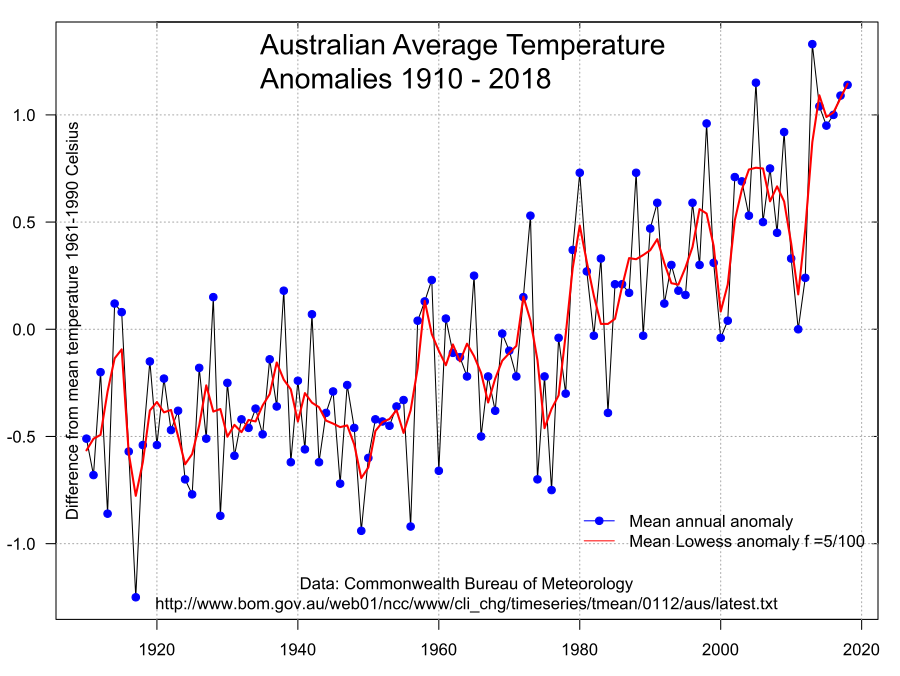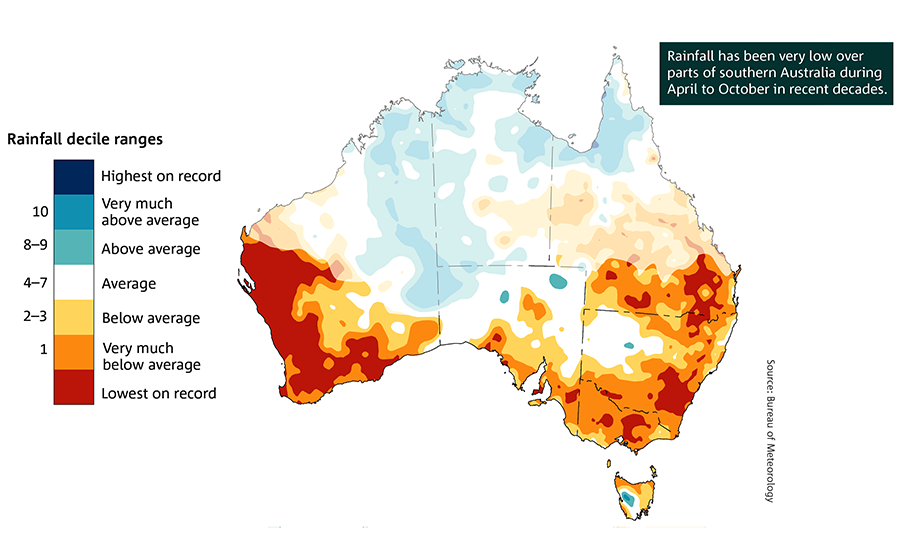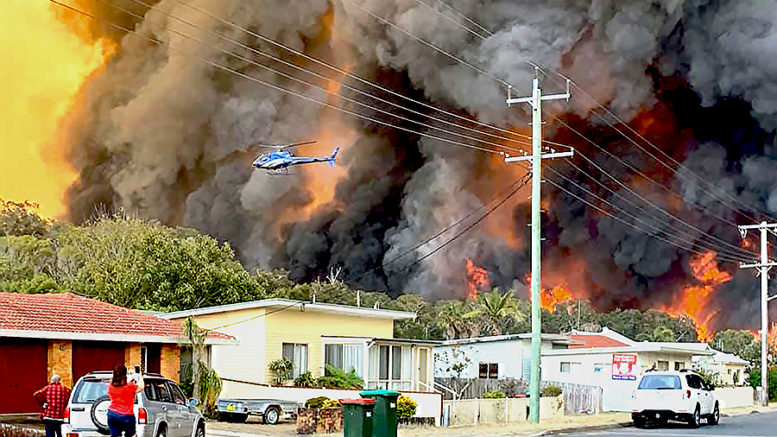Contributed by Adam Carlton
Australia is experiencing an early breakout of bushfires and the coming summer promises even worse. With more than 100 fires, 150 homes have already been razed and three have died. Others are missing. Flames have even reached close to Sydney, Australia’s biggest city.
Video from The Guardian
In a statement on Sunday, the New South Wales state Rural Fire Service upgraded the forecast for the greater Sydney region to “catastrophic fire danger.”
Ross Bradstock, from the Centre for Environmental Risk Management of Bushfires at the University of Wollongong, described the situation as “unprecedented” for the affected regions, which have rarely – if ever – experienced such severe fires.
Fires are also burning in Queensland, where worse is predicted and thousands have already been evacuated.
These fires are linked to the persistent drought that is inflicting half of Australia, caused by rising average temperatures and decline of rainfall. The fires come together with a looming crisis in water supply. To put it starkly, some communities are running out of water.

The graph above form the Bureau of Meteorology provides the evidence that Australia’s average temperature is in a rising long term trajectory.
A report by scientists at the Climate Council called Deluge and Drought: Australia’s water security in a changing climate, makes it clear that changing rainfall patterns are making Australia drier, that this is a major factor in the present drought, that this is human induced and that Australia is heading towards major water security risk.
This CSIRO image provides a visual of the twenty year fall in rain for the south and east of Australia.

Drought, fire and water shortages are a blow to a large part of Australia’s rural community.
With no improvement in sight, the crisis is set to escalate. In these circumstances, one would expect a national effort to protect those directly affected. There is none, and this is breeding a sense of betrayal and anger.
Aside from coming down for the occasional photo shoot, Scott Morrison and his ministers have promised much and done very little. Assistance to farmers has been pitiful. Funding for firefighting services in NSW was reduced this year by 35.4 percent rescue services by 75.2 percent.
Firefighting capacity must be upgraded and not reduced.

There is no longer term plan for dealing with the reality that climate change is real, and that this calls for a change in how resources and farming are managed.
ftrmers have been offered a stimulus package in the form of loans. They might be interest free for two years and provide some immediate relief. But for many farmers facing the prospect of loss of income for a much longer period, this will mean ongoing economic hardship as the repayments kick in.
There is also the fear that much of this money will go to the wealthiest and Liberal National aligned farmers., and the small players will be left out.
Connected to the loans to farmers is the $1 billion in infrastructure money. Much of it will go on road upgrades. Some will be offered in similar loans to local non-farm businesses. The stated purpose is to boost local businesses and jobs.
The offer will go to enterprises with fewer than 19 employees.
There is an argument for providing smaller businesses with help. But putting them in a position where they cannot meet the repayments will be counter productive.
As with the farmers, Australia can afford to provide grants that don’t need to be paid back to help over the present crisis, and can afford to outlay on a big picture approach to building local economies.
A proper solution requires attention to the environment in which these businesses are operating.
By doing this, the cause of the problem can be taken on, instead of relying on stop gap measures, which have more to do with dodging political bullets, than providing real answers.
Compare this to the multi-billion-dollar handouts to the mining industry. If the mining companies don’t have to pay it back, why do struggling farmers and rural communities have to?
The money should be earmarked for providing both a respite from the present hardship and for developing sustainable agriculture and local economies, and in line with the changing reality.
Missing from the package is a program for reforestation. Forests help to lessen the impact of drought and increase the available water supply.
Australia needs a comprehensive plan for water management. Failure on this score, will bring with it a growing gap between what is produced on the land and the food needs of a growing population, and it will have a serious impact on the whole economy.
The trouble is that Australia lacks the political leadership to take the necessary steps.
Sooner or later, Australia will have to move on this. There is no other choice.


Be the first to comment on "Australia’s bushfire season arrives early and is likely to get even worse"